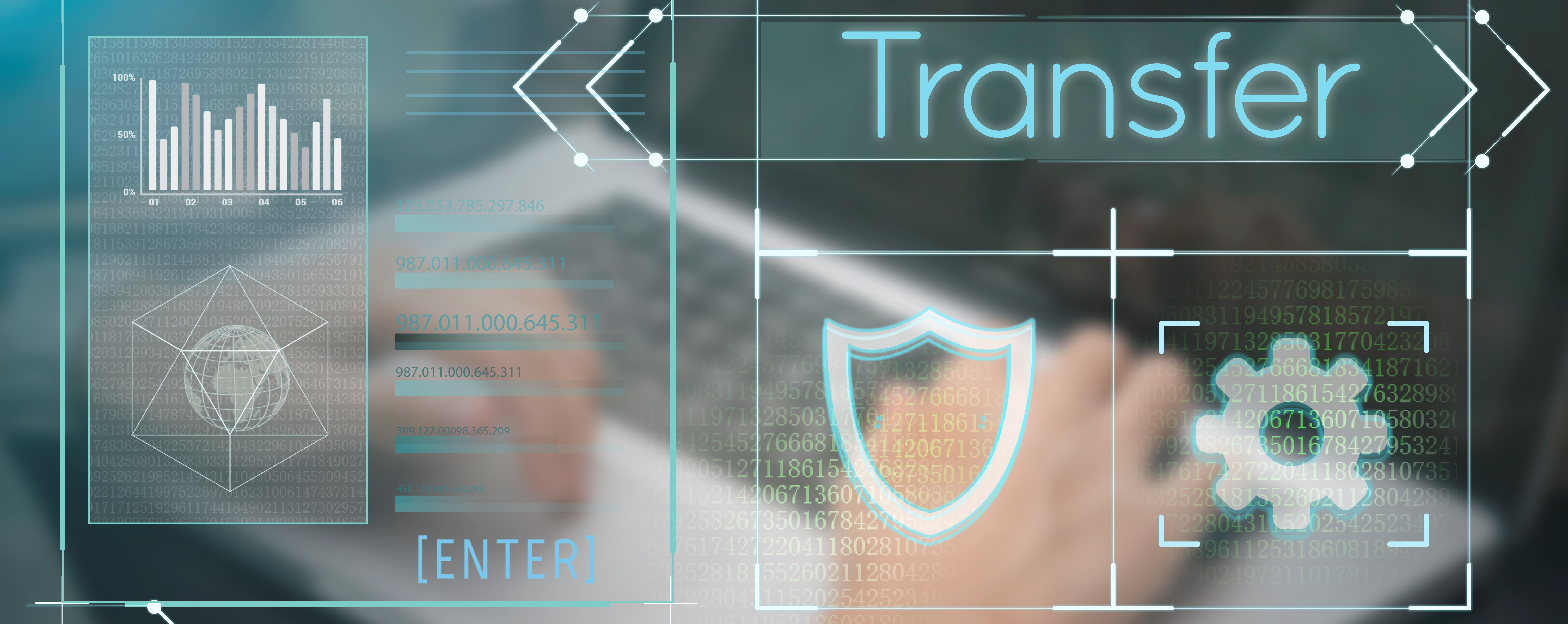We’ve seen it before. A company makes a big investment in a new ERP system, and a BI system, then added Balanced Score Cards and very pretty dashboards. But the CEO still gets reports in an Excel spreadsheet. Ever wonder why this happens? There are many reasons, however a common one is that when the new system was implemented, no one cleaned the data from the old system(s) BEFORE it was loaded into the new system.
As a result, all the reports that had wrong information before – still have wrong information. They just now have eye catching buttons and dials on them!
This happens time and time again because the data migration/conversion stream of the ERP system project did not receive the attention that it deserved. It was left to another team, another stakeholder, another phase maybe– you know the old story. "Here is the file format we need – provide the data in this format and we’ll load it for you." But the responsibility for the quality of the data is with someone else.
It doesn’t have to be this way. There are proven tools and processes available that help organizations structure the data migration stream of an ERP system implementation project. This will help to minimize the risk of poor data getting into the new ERP system. These methodologies have been developed based on the experience of professionals that have been doing data migrations for many years and have used that to ensure the methodology is practical and proven to result in business ready data loaded into the new ERP system.
Another challenge we see is if that the data stream of a project is left to the last moment. This causes all sorts of problems – when people are busy and stressed trying to do system testing they find they have no REAL data to test. They get a few records of made up data that bears no resemblance to the actual data users will see in the production system – and means nothing to them in the context of their legacy system.
In an ASUG Best Practices and Benchmarking: Aggregate Findings Report, 75% of respondents reported experiencing Data Management issues late in the process. Users have trouble validating that the system works the way that it should, because the data that was used didn’t mean anything.
As a part of Utopia's Best Practices for Data Migration, two important steps are to “Take control of your Data Migration” and “Account for Data Quality, especially in legacy systems”. The best way to overcome this problem is to plan the data migration and cleansing tasks early.
Align the Data Cleansing and Data Migration steps with the ERP implementation plan and schedule the first Trial Data Conversion (TDC) to happen just before the first round of system testing. This way the users will have real data to use for testing and can focus on the functionality they are getting from their brand new system rather than complaining about the bad data they saw in the system that didn’t mean anything to them.
It doesn’t matter if your new system is an SAP® S/4HANA system or a traditional ERP system, these tools and methodologies still apply today! See our blog that describe the 3 different scenarios for migrating data to SAP® S/4HANA to see which methodology would work best for you.




